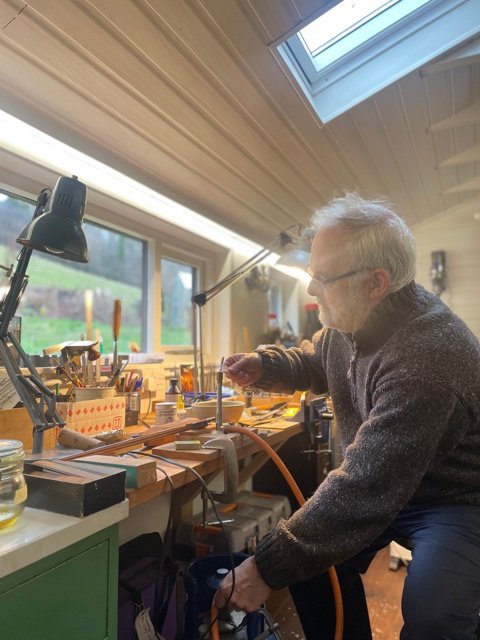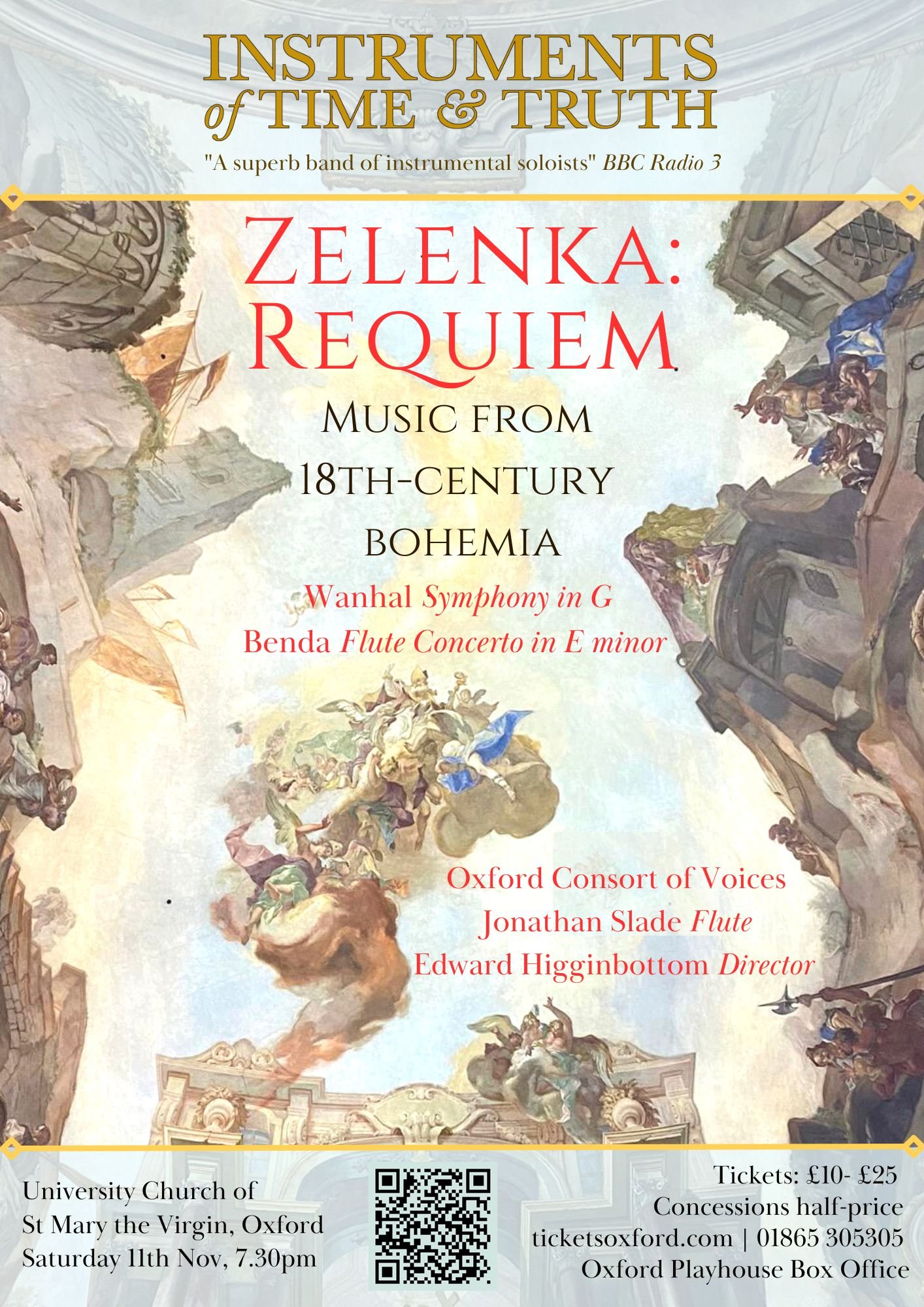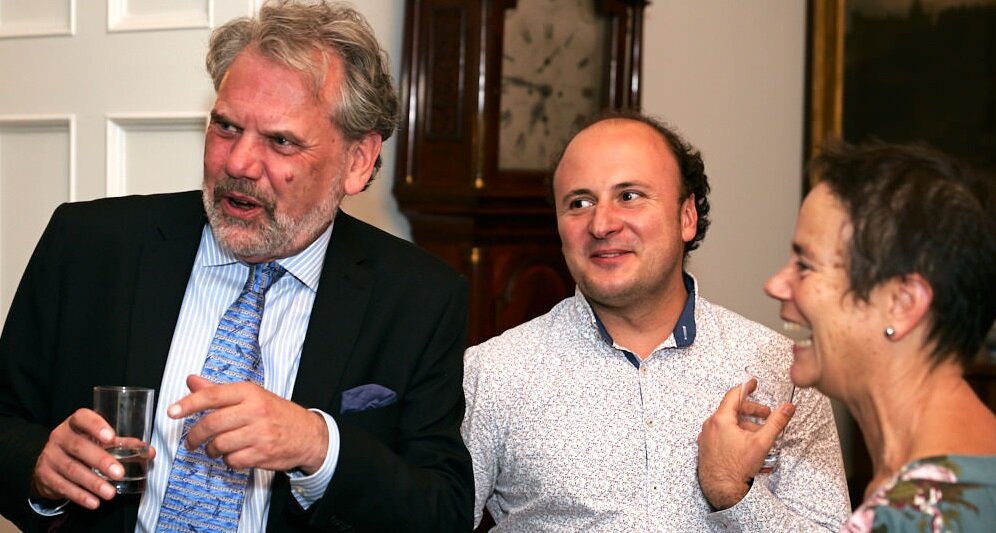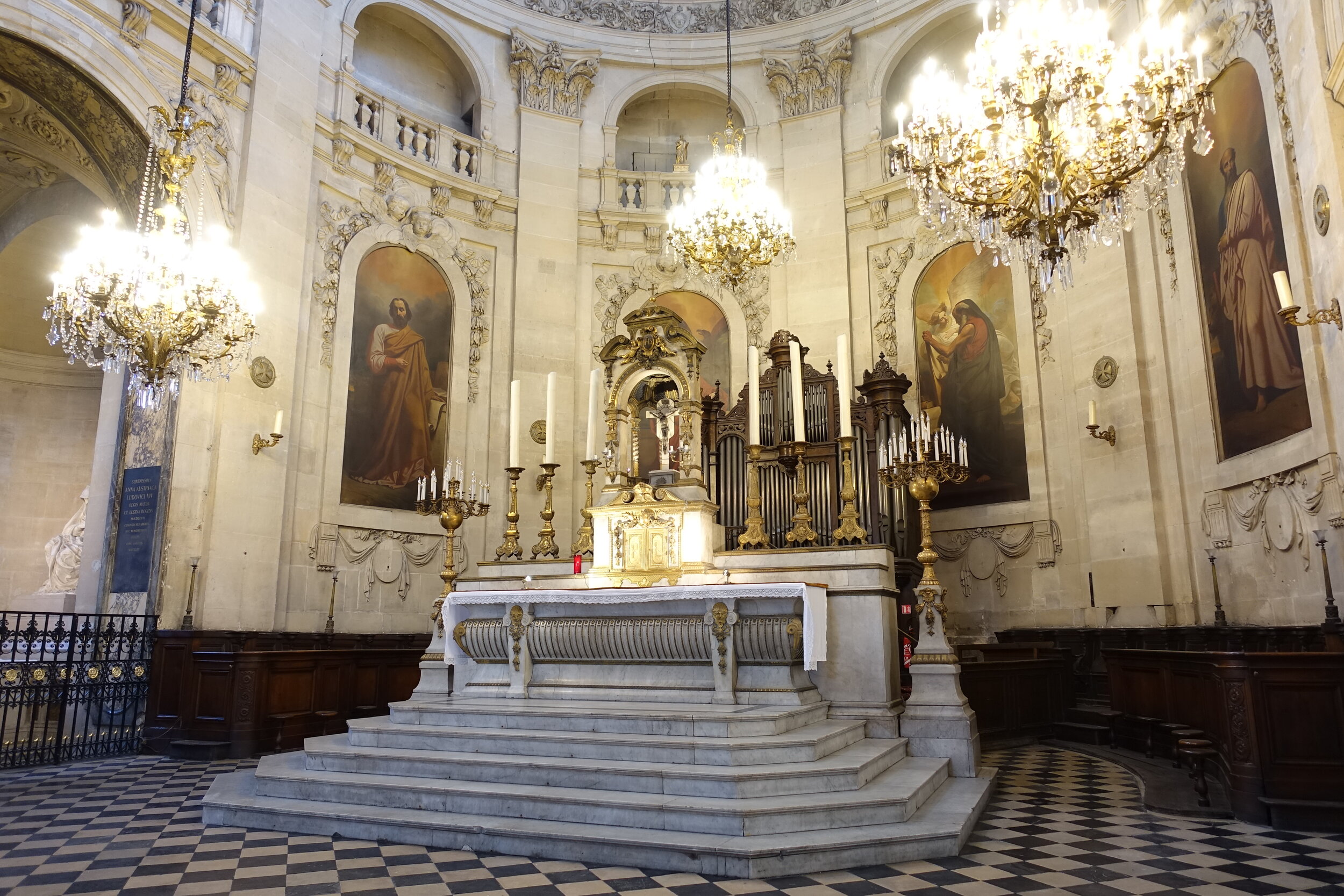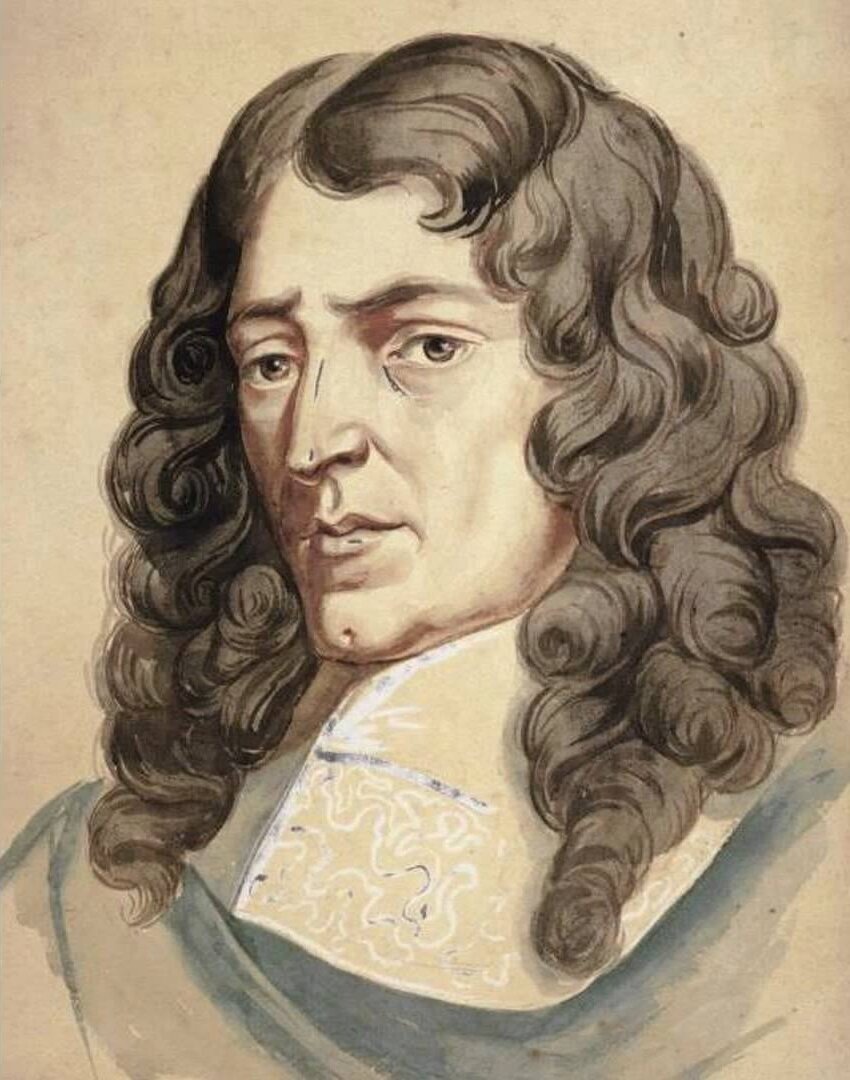Success! - Completion of newly commissioned Double Bass Baroque Bows
Made possible by the generosity of a local supporter of Instruments of Time and Truth, it has been a year since we commissioned two Double Bass Baroque Bows from bow maker Tim Richards. The completed bows have journeyed from Tim’s workshop in the hills of Cwmdu, Wales, to Oxford. The bows are to be used by curious students, from school age to adult, and will be available at Baroque music workshops and masterclasses lead by key players of IT&T.
The French frog and the larger German frog, prior to the shaping of the buttons
The two bows are absolutely stunning, and are beautifully crafted from the finest materials, in both French and German models. They not only look spectacular, but they feel luxurious in the hand.
Through various conversations with Tim over the past 12 months, we were able to keep up with the progress of the bows. At the stage of final thinning of the wood, prior to polishing and hairing, the finer details of the bow-making process were discussed with Tim…
What is the type and provenance of the wood for each bow?
The wood for both bows is snakewood: kindly sold to me in 2014 by the family of the late lute maker Stephen Gottliebe. At the time of purchase the wood was already several decades old.
What are the main stages in the cutting, planing and shaping that have got the bows to this stage?
Having chosen the models to be used a template is created and the outline of the bow is then cut leaving quite a bit of leeway: the extra wood is important as neither bow is heated but the camber is created solely by carving and being planed. This procedure is done in the round and not sequentially one face at a time.
What is the weight of each bow?
Each bow will be in the region of 120 - 125 grams.
Here the bows are at the stage for ‘fine tuning’ regarding weight, balance point and flexibility, prior to the shaping of buttons.
What are the models on which each bow is based and the provenance of the frog patterns?
The bow that will be played with an over-hand hold, in the French manner, is based on an original English bow in the possession of a private collector. The bow with the viol-style frog (German) is based on a number of models, the data kindly given to me by bow maker Brian Tunnicliffe. However the principle inspiration for the bow is one owned by the Guildhall School of Music and Drama in London.
What ‘finish’ will the bows have?
Both bows will have an oil and wax finish.
What is the type and provenance of the horse hair?
They will be haired with chestnut-coloured hair that was purchased from Sowden’s, bow hair specialists.
Tim Richards in his workshop, firing up the flame for the final touches.
By Rachel Byrt - viola, violin and viola d’amore player with IT&T
If you would like to be involved in the commissioning of a baroque bow- violin, viola or cello - for our education projects, please write to Phil Gietzen, General Manager of Instruments of Time and Truth at info@timeandtruth.co.uk



